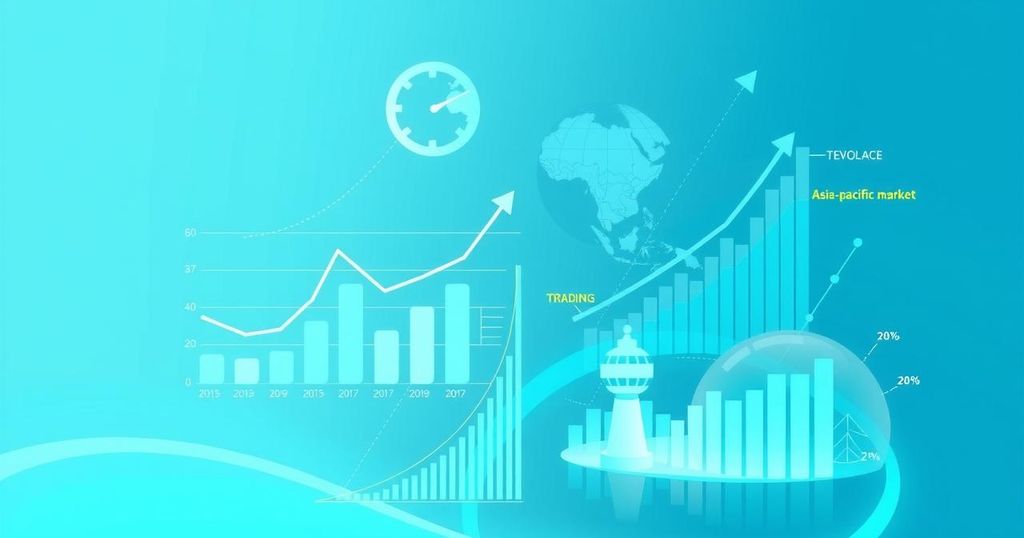Nigeria’s Debt Service Payments See Significant Decline Amidst Trade Financing Surge
Nigeria’s total debt service payments declined significantly from $540 million in January 2025 to $276 million in February 2025, according to the Central Bank of Nigeria. This coincided with an increase in Letters of Credit, reflecting heightened trade financing. President Bola Tinubu noted an improvement in the revenue-to-debt service ratio, yet concerns regarding rising debt levels and the implications for fiscal sustainability remain prominent.
In February 2025, Nigeria’s total debt service payments experienced a notable decline, reducing from $540 million in January to $276 million. This information is derived from the latest statistics provided by the Central Bank of Nigeria (CBN) regarding external sector payments. This reduction aligns with the federal government’s ongoing initiatives to restructure its debt portfolio, enhance dollar liquidity, and alleviate pressure on the foreign exchange market.
Concurrently, while debt service payments decreased, there was a notable increase in Letters of Credit (LCs), signaling a rise in trade transaction financing. The CBN indicated that LCs issued in February 2025 totaled $95.6 million, marking a 48% rise from the $64.6 million recorded in January. This surge in LCs implies a resurgence in import-related activities, particularly as businesses adapt to shifts in the naira exchange rate and government policies designed to stabilize trade financing.
As President Bola Tinubu noted, Nigeria’s revenue-to-debt service ratio has diminished from 97% to 65% within the first 17 months of his administration. The federal government is persistently engaging with global lenders to alleviate Nigeria’s growing debt burden. Additionally, the CBN is concentrating its monetary policy on stabilizing the naira while addressing external obligations.
According to the Debt Management Office (DMO), debt servicing payments surged by 69% in the first half of 2024, reaching N6.04 trillion compared to N3.58 trillion in the same period of the preceding year. The rise in these obligations is largely attributed to the naira’s devaluation impacting foreign debt repayments, highlighting a significant challenge for the Federal Government as debt repayments absorb a considerable share of its financial resources.
The World Bank has voiced concerns regarding the escalating debt service costs facing developing nations, with Chief Economist Indermit Gill warning of a potential financial crisis if swift action is not taken. Experts suggest that a combination of increased oil revenues, enhanced tax collection, and strategic debt restructuring may help to sustain lower debt service payments in the future. Nonetheless, apprehensions regarding Nigeria’s expanding total debt and the necessity for stringent fiscal discipline persist to avert excessive borrowing.
In conclusion, Nigeria’s recent reduction in debt service payments to $276 million in February 2025 reflects the government’s efforts to manage its debt portfolio effectively. Alongside this, the rise in Letters of Credit suggests a rebound in trade financing. While the administration has significantly improved the revenue-to-debt service ratio, experts emphasize the importance of fiscal discipline amidst growing debt concerns. The collaboration with international lenders may provide further relief, but vigilant management of fiscal resources remains essential.
Original Source: nairametrics.com




Post Comment